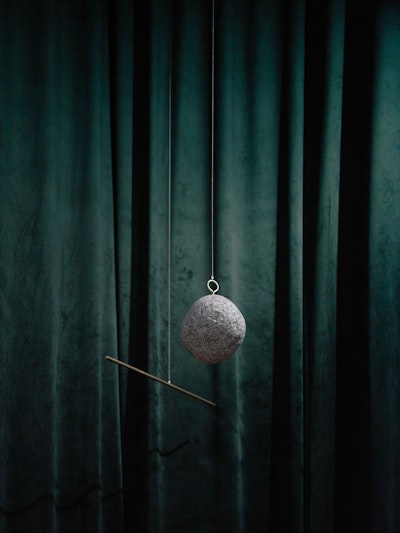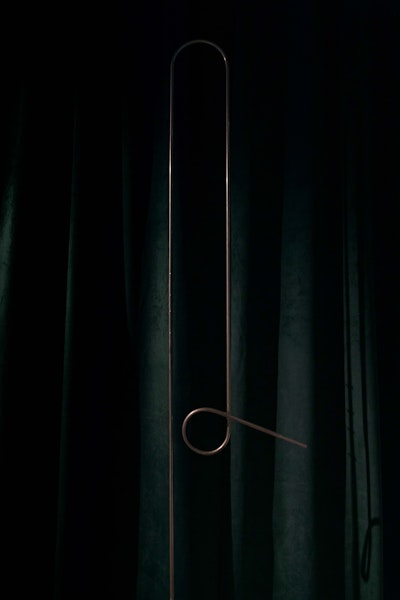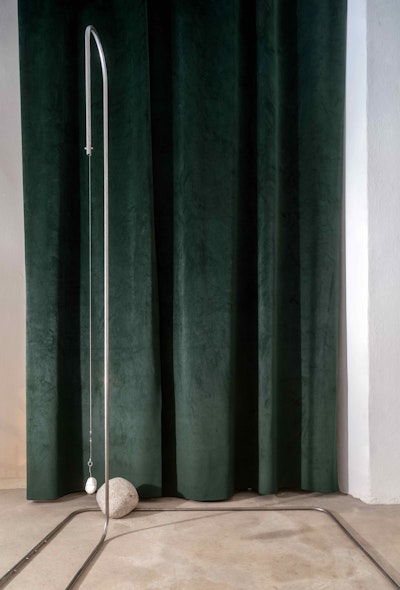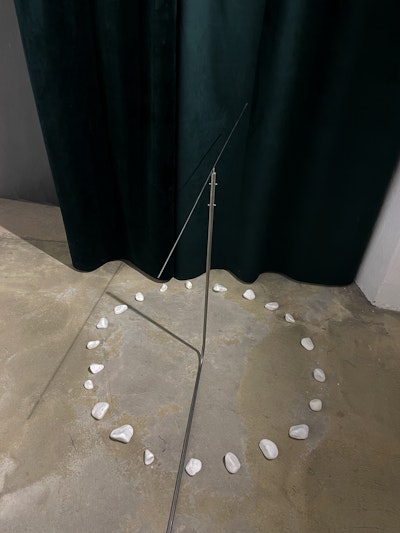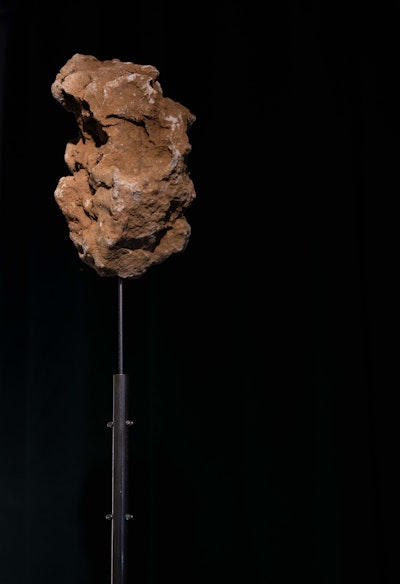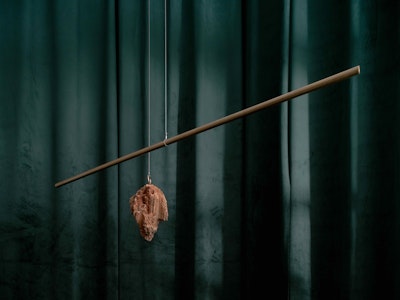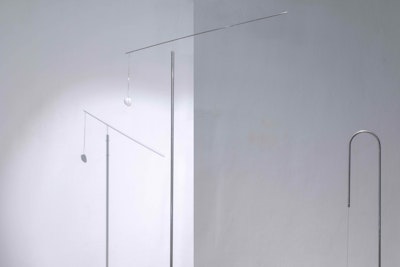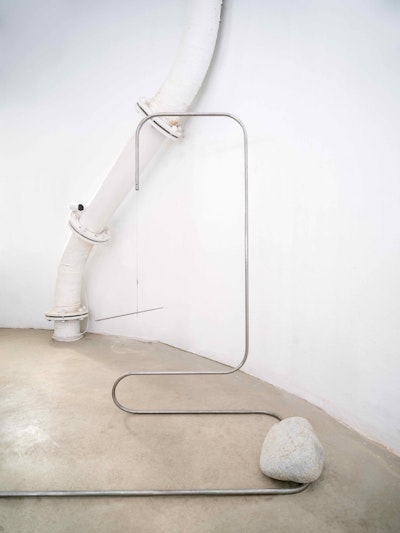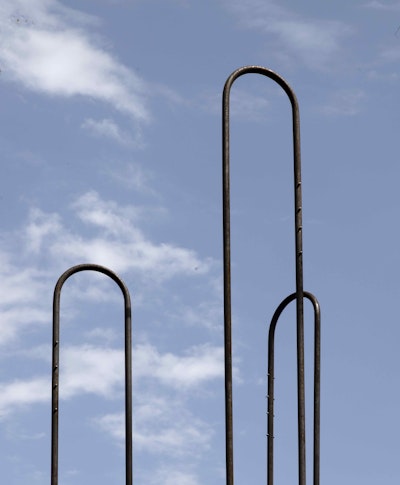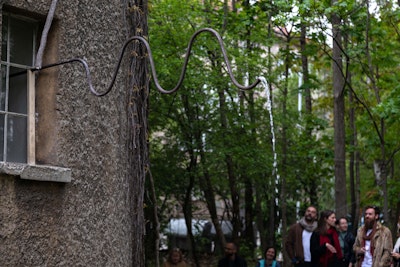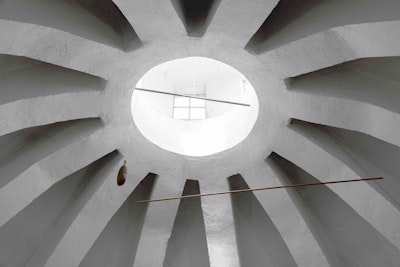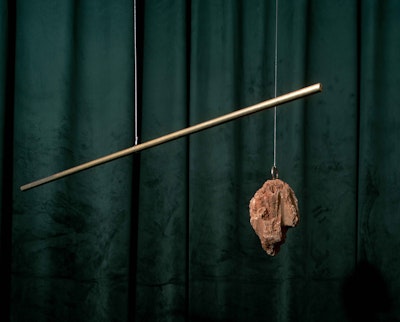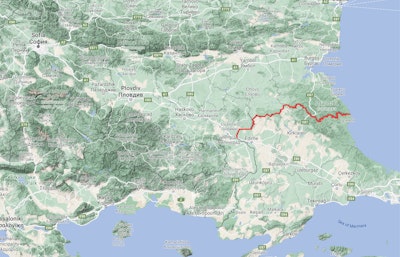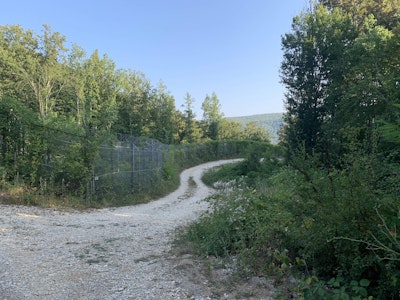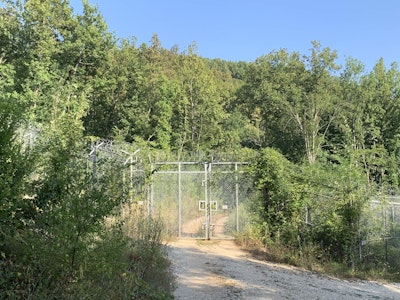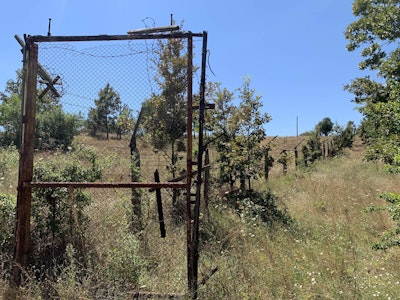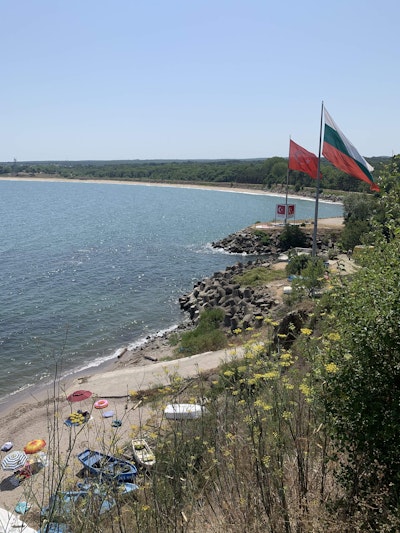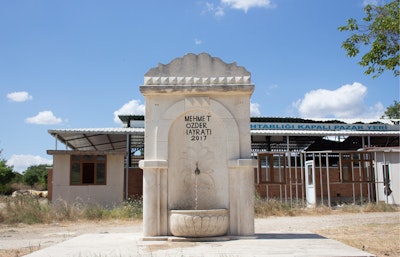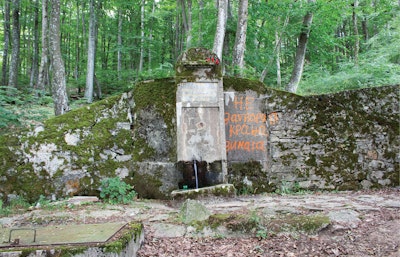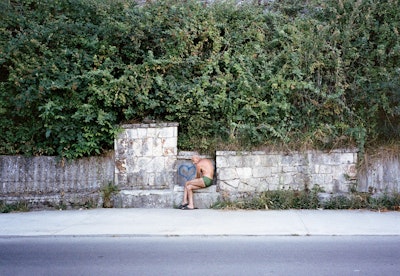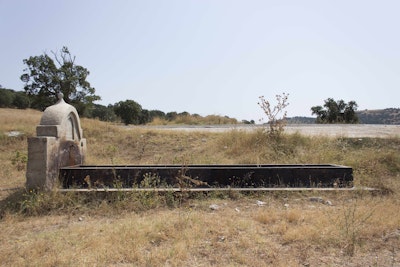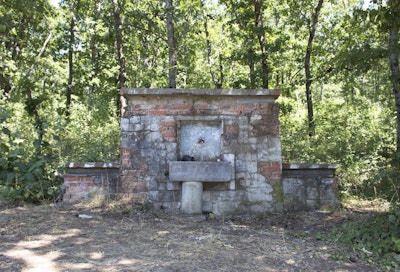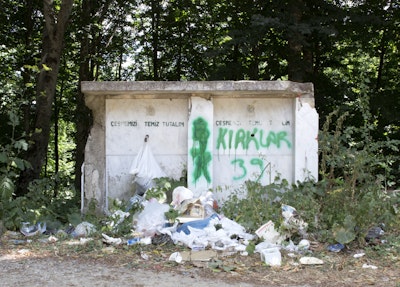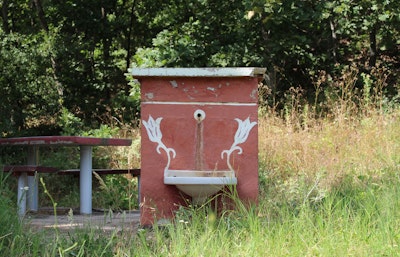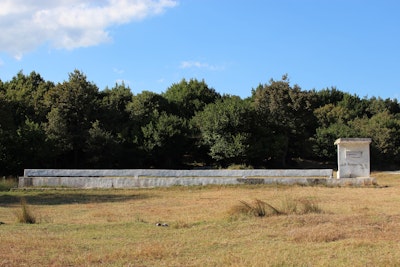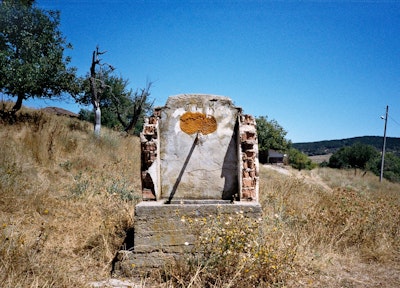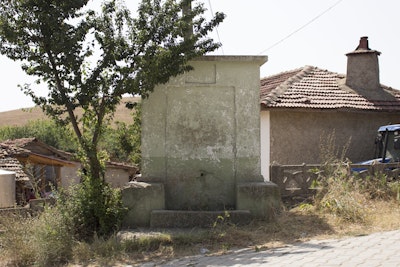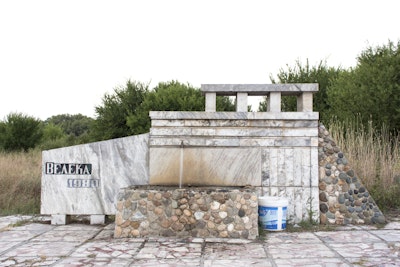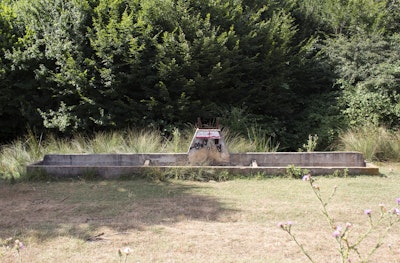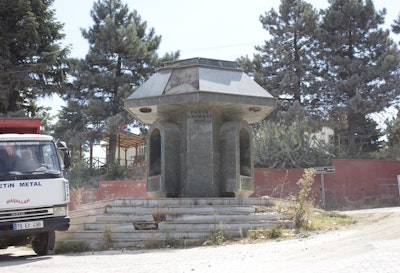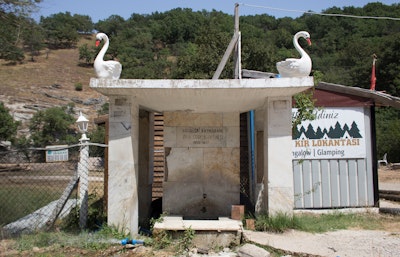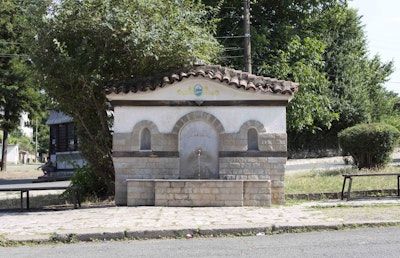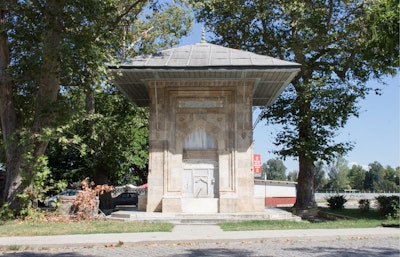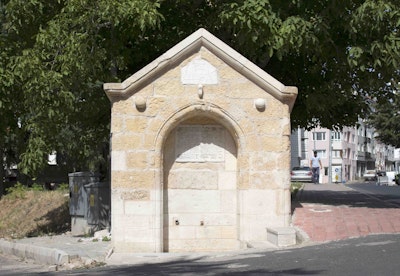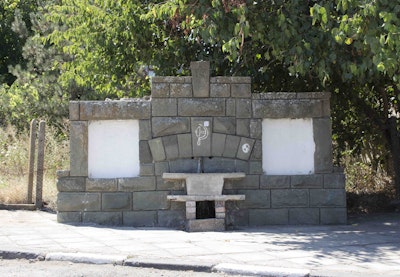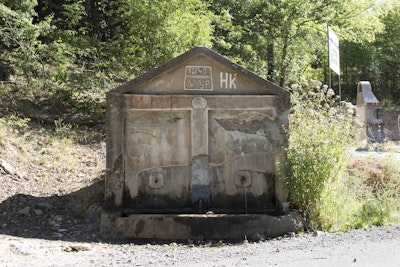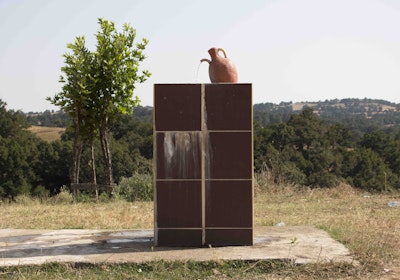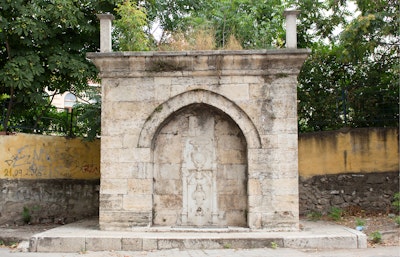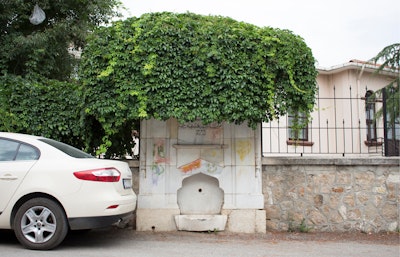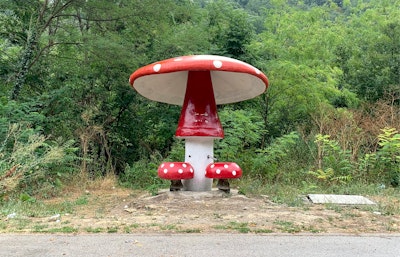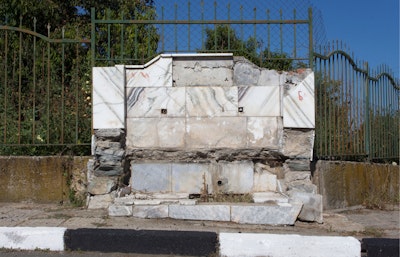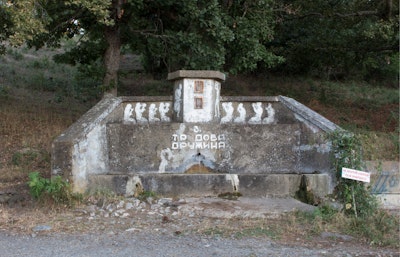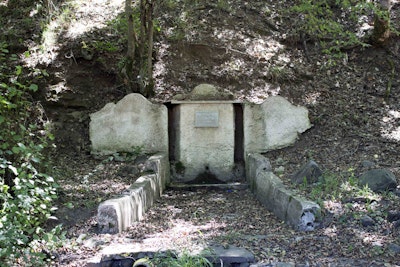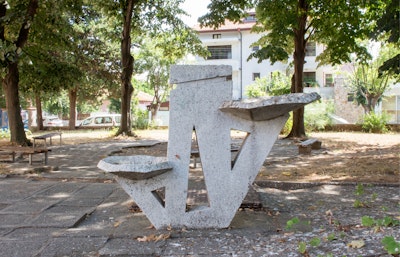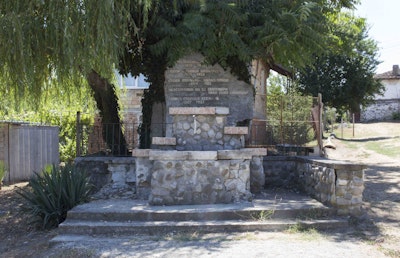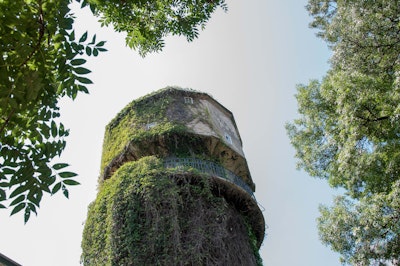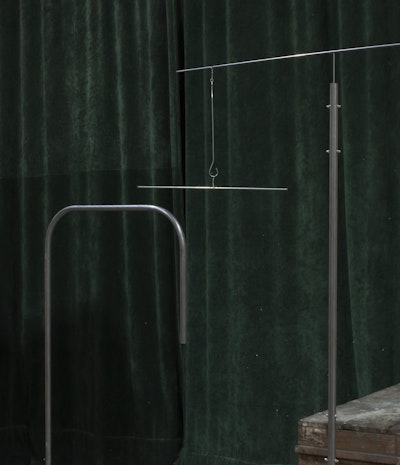In Search for a Universal Sacredness
Transnational Monuments
Location: Plus359 Gallery, Sofia, Bulgaria
Year: 2022
Type: Sculptural work, documentary, sound, installation.
Status: Completed
Photography: Riccardo De Vecchi , Bozhana Dimitrova, Cédric Van Parys
Video: Filming by Riccardo de Vecchi and Michaela Lakova, Editing by Cédric Van Parys
Transnational Monuments
Transnational Monuments
Transnational Monuments: In Search for a Universal Sacredness re-envisions the Cheshma—traditional drinking water fountains commonly found along the Bulgarian-Turkish borderland—as potential transnational and unifying monuments.
Taking a microhistorical approach and focusing on the Bulgarian-Turkish borderland, a place of both enormous national political tension and a connecting membrane between Europe and Asia, Christianity and Islam, Cédric Van Parys | Office CCXD poses the question: how can we re-imagine and transform the idea and concept of the ‘monument’, from a symbol of nationalism to an inclusive space and infrastructure for contemplation.
Research part 1: The Bulgarian-Turkisch border(land)
Research part 1: The Bulgarian-Turkisch border(land)
“This research project and subsequent works question the meaning of a monument as a historical consensus. How can we re-imagine and transform the very idea and concept of the ‘monument’ from an often dangerous and hypocritical celebration of nationalism to an inclusive space and infrastructure for contemplation?
With its cross-country shared identity, communal history, multicultural communities, and mixed loyalties, the Bulgarian-Turkish borderland is the ideal case study to investigate monuments as potential transnational and unifying symbols.
Research part 2: Cheshma | Çesme
Research part 2: Cheshma | Çesme
“Cheshma” (Bulgarian) or “Çesme” (Turkish) can be found in the fields, forests, villages, and as sanctuaries along the roads on either side of the Bulgarian-Turkish border in equal density, always negotiating a careful relationship with the landscape. Building Cheshmi is a communal and sacred tradition that has diasporic roots. Apart from being functional, drinking water fountains have always been mystical places and as communal architectural works, they do not impose (political) power from above, but rather concentrate collective power from those who surround them. As such, they do not only offer a public service for humans and non-humans but also provide a neutral space for contemplation, gathering, and ritual and are therefore important symbols of cultural memory.
Having mapped and documented more than one hundred drinking fountains on both sides of the border, it inevitably became a project about water. Water ignores the borders we have invented, providing a source of life wherever it flows. The Koran states: “We made from water every living thing” and “да върви по вода” (good luck will flow your way) is a Bulgarian saying from folklore that can be traced back to the ancient Thracians who inhabited these lands. Their megalithic monuments, still present in the landscape, are oriented towards the sky and were highly dependent on water to perform cosmological rituals, encouraging a sense of community. Surprisingly similar in shape, atmosphere, materiality, and use of landscape, the Cheshma is both a mystical contemporary Bulgarian-Turkish phenomenon and can be considered one of the most inclusive, social, and international monuments of our time.
Artworks | Exhibition
Artworks | Exhibition
The exhibition marks the end of Van Parys’s 10-month Artist in Residence at Sofia’s +359 Gallery, located in a former water tower. Van Parys created ten sculptural “infrastructures”, along with a water installation, and a documentary film from the artist’s research into the Bulgarian-Turkish borderland—transforming the water tower into an immersive audio and visual experience. Together the works investigate what a future monument could be.
The ten sculptural “infrastructures” are composed of curved metal tubing that Van Parys shaped using a manual pipe bender, local natural stone, steel wire, and brass details. The artworks distill the Cheshma to its most essential elements: the equilibrium between natural forces, such as gravity, and human intervention.
Gallery
